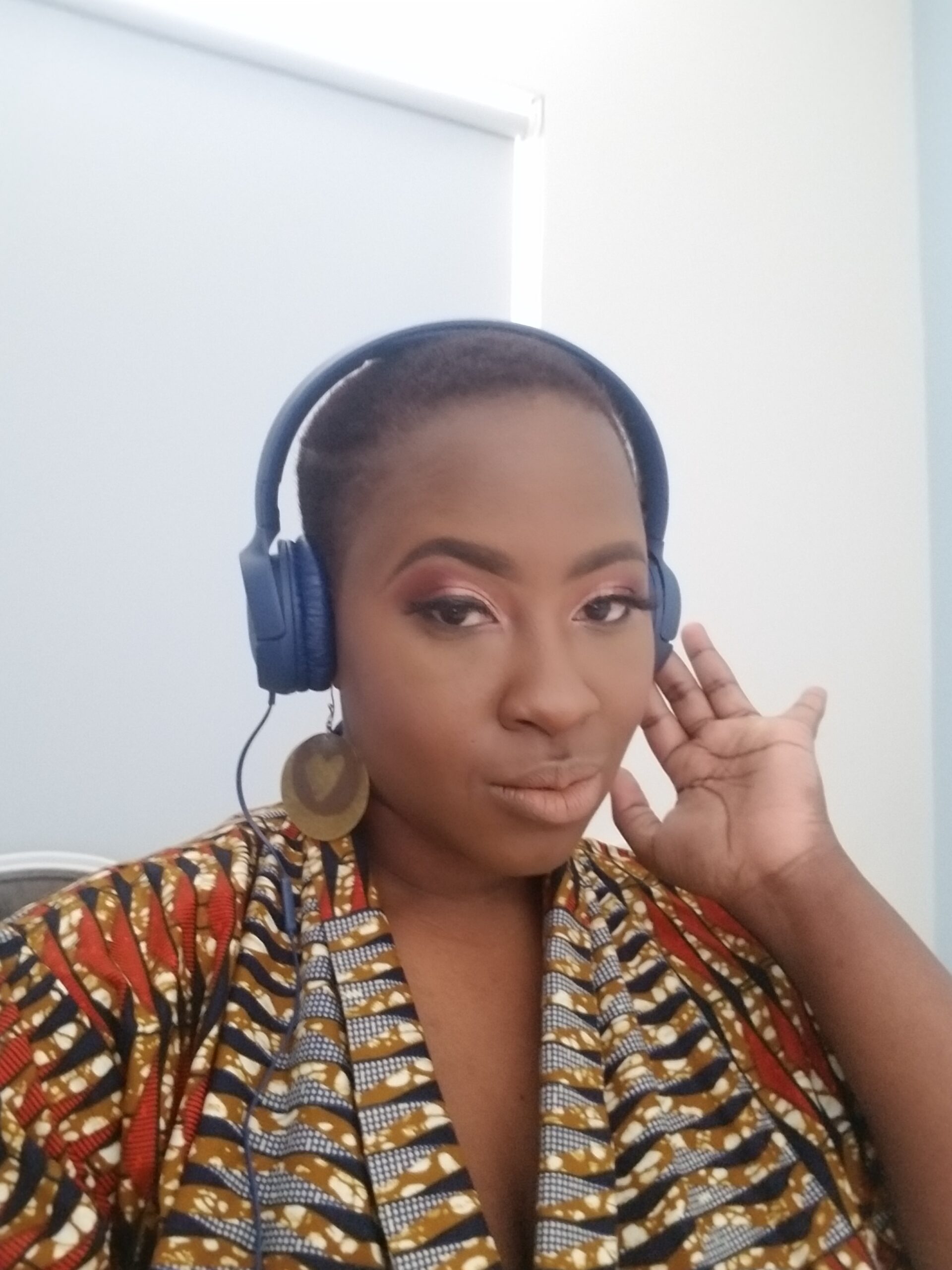I love art. Although I cannot say I am the greatest connoisseur in the world, I do love standing in an art gallery, wine in hand mumbling something about this being reminiscent of an early Rembrandt. I enjoy going to a photo exhibition and speaking in a roundabout way about the use of light or shutter speed. I even love going to a performance, and later having a thirty-minute conversation before admitting to my partner that I had little to no idea what was going on.
I especially love art that shakes me and makes me think, cliché as it sounds.
The #ZumaPainting by Ayanda Mabulu was for me initially one of those. The imagery was hard to ignore especially due to the sexually perverse nature of it. The message was powerful, poignant and one which many people could debate and relate to. We cannot deny the shenanigans of the state, which are bleeding the country dry.
But I later realised that what was shocking about the piece was the use of sex in art and not the use of sexual assault. Despite the depiction seeking to show how the country is being brutalised the execution arguably did not manage to show this in the manner it was meant to. Instead of showing a harsh reality through comparison it simply played on a somewhat tired trope.
Using the female form to make a point shows very little artistic innovation. It has become the go to not only for satirists, but activists as well.
The female body is used to make a statement about brutalisation. It has arguably gotten to the point where it does nothing more than momentarily shock the viewer, mostly because someone has shown naked bits.
Nudity still shocks us more than assault.
The sexual brutalisation of the black female body suffers this curse even more so. Whenever someone seeks to show that the system/state/society is being abused, then a woman is sexually assaulted in some way.
This in a society where rape culture is prevalent and victim blaming rampant.
In a world, where as Pumla Gqola says, the black woman is seen as “un-rapeable” how powerful are these images really and what purpose do they serve? They do little more than show the female body is but a political tool, a means by which to wage war or have war waged on it. Furthermore, the images are not only ineffective but traumatising to those who have lived through that reality.
It would be the same as referencing slavery, yes there would be that shock factor but by using it in this manner implies it is safe to do so because this is a thing of the past. Unfortunately violence against women happens now.
Imagine if the image had been a man being sodomised? Or even the artist himself. This would have been a far more powerful image. If the shock factor was part of the delivery of the message then this would have been significantly more potent as well as artistically and conceptually breaking new ground.
We see this on social media where the conversation surrounding #SiyaNyezi had some people asking when twitter would go back to being “fun” and “normal” as women (and men) used the platform to discuss issues of abuse, violence and uncloaked the silence surrounding this. This was not the reaction to conversations such as #RhodesMustFall and #IamNotStellenbosch.
The use of the black female body being raped/beaten/mutilated as a means of showing someone abusing the system normalises and makes a caricature of something that nearly a third of all women will experience in their lifetime.
From an artistic/satirical point of view it is not clever and it is not novel. In a world where art is taking on so many mediums and tackling a range of topics in innovative ways to continuously turn to the violation of a woman’s body to make a point is borderline lazy.



